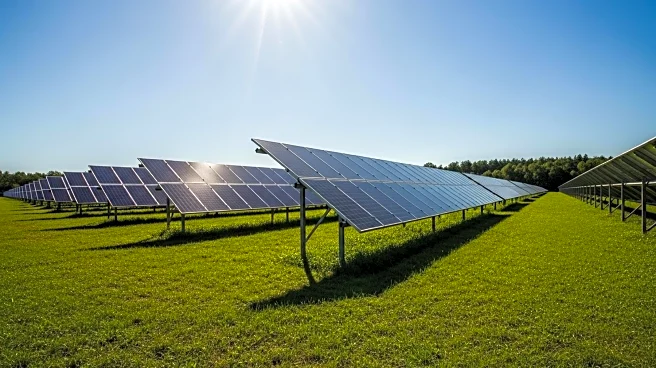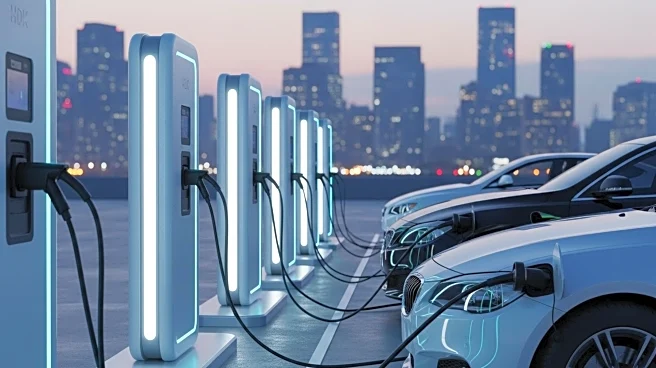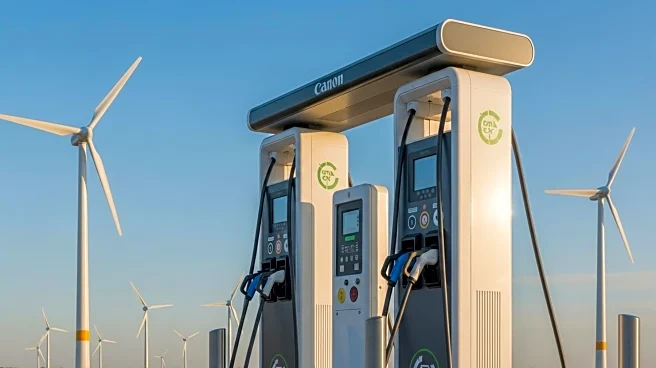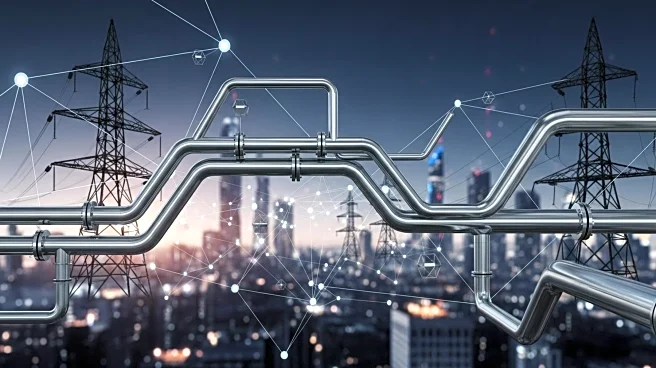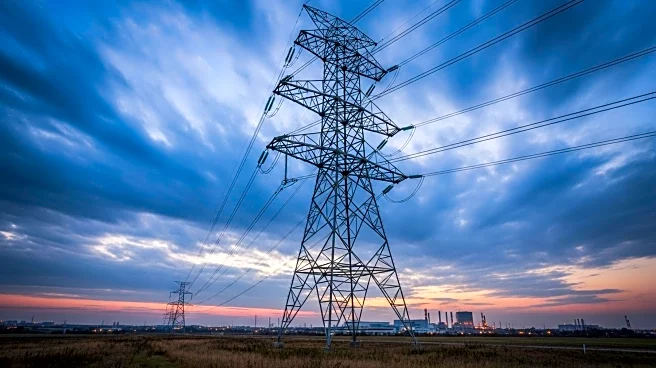What is the story about?
What's Happening?
Utility companies are increasingly investing in energy-efficient infrastructure and renewable energy sources as electricity prices continue to rise. Since 2019, electricity costs have surged by 27% in the U.S., prompting consumers and regulators to prioritize energy efficiency and renewable integration. Companies like Duke Energy and National Grid are aligning with regulatory frameworks that support grid modernization and renewable energy incentives. Duke Energy's $87 billion capital plan includes partnerships with tech firms to integrate clean energy facilities, while National Grid's business plan emphasizes grid resilience and renewable connections.
Why It's Important?
The shift towards energy efficiency and renewable energy is crucial for stabilizing utility revenue streams and reducing carbon emissions. With 31% of U.S. households struggling to pay electricity bills, regulatory reforms aim to make energy more affordable. This transition not only supports environmental goals but also offers financial resilience for utility companies. By investing in long-term infrastructure and clean energy, utilities can mitigate risks associated with rising demand from AI and electric vehicles, ensuring a sustainable energy future.
What's Next?
Utility companies are expected to continue investing in grid-enhancing technologies and regulatory collaboration to address the challenges posed by climate change and technological advancements. Initiatives like Duke Energy's hydrogen and long-duration storage projects position it to leverage incentives from the Inflation Reduction Act. As global clean energy investment approaches $2 trillion, utilities that prioritize energy efficiency and stakeholder collaboration are likely to deliver long-term value.
AI Generated Content
Do you find this article useful?



